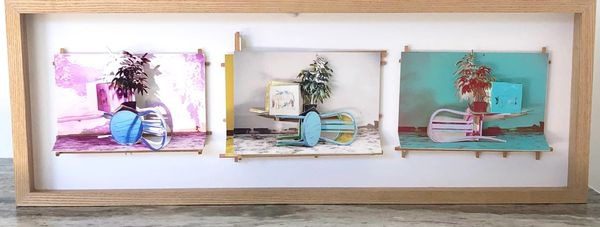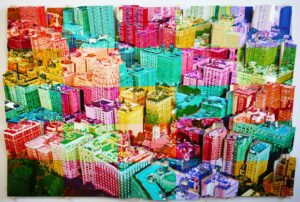Isidro Blasco: The End of Things
$2,000.00
ISIDRO BLASCO
The End of Things, 2011
C-print, wood, museum board
12 x 36 in
Framed
© Isidro Blasco
Isidro Blasco combines architecture, photography, and installation to explore physical and psychological terrains. He uses digital images and building materials to create large- and small-scale architectural environments and three-dimensional reconstructions of neighborhoods, producing snapshots of cityscapes that play with perception. Beginning with a viewpoint of a building, or an interior or exterior space, Blasco takes photographs and pieces together images into photo-sculptures, reminiscent of Cubist collages with their multitudes of angles. Blasco’s slight distortions of perspective produce scenes that can appear both recognizable and unfamiliar.
Courtesy Black & White Gallery/Project Space
For more information contact the gallery

